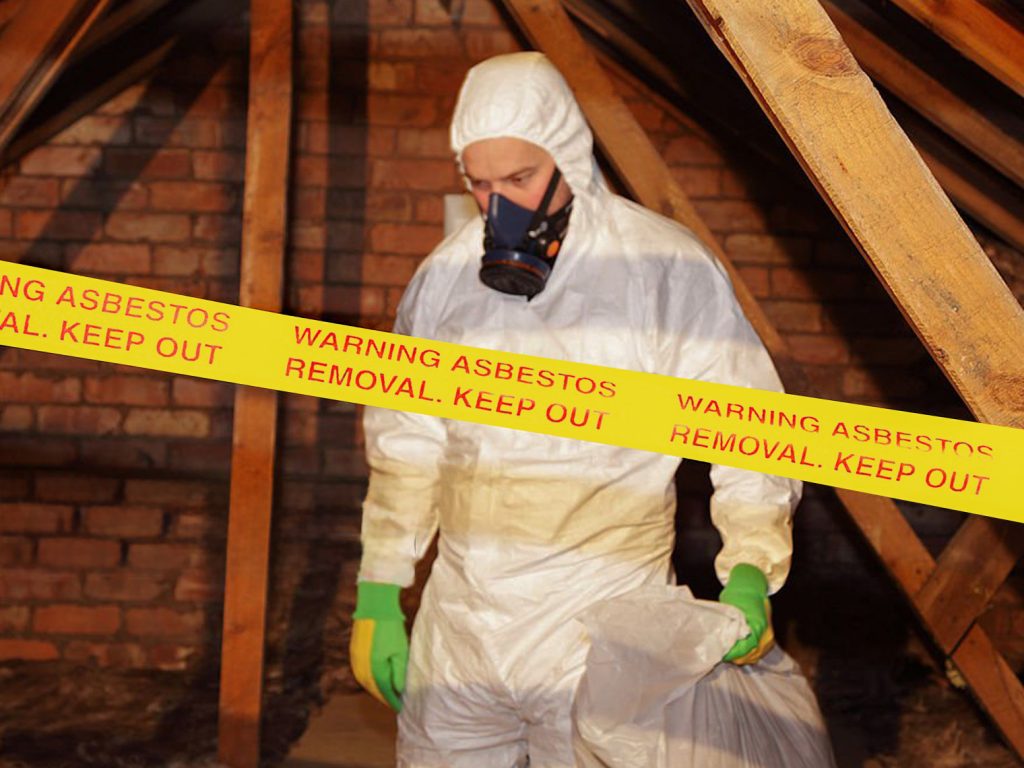
Asbestos is a naturally occurring mineral that was once widely used in construction materials for its heat resistance and durability. However, prolonged exposure to asbestos fibers can lead to serious health issues, including lung cancer, mesothelioma, and asbestosis. Asbestos is still present in many structures and is still used in some industrial processes and commercially available products.
Cal/OSHA:
The Department of Industrial Relations’ Division of Occupational Safety and Health is a state agency responsible for ensuring workplace safety and health in California. Its primary mission is to promote and enforce occupational safety and health standards to protect workers from hazards on the job. Cal/OSHA develops regulations, conducts inspections, provides training and education, and investigates workplace accidents and complaints to ensure compliance with state safety and health laws. It plays a crucial role in safeguarding the well-being of workers across various industries in California.
The remediation/removal of Asbestos is outlined in Title 8 of the California Code of Regulations.
As per Cal/OSHA, Anyone thinking about removing asbestos may want to contact a Cal/OSHA-Certified Asbestos Consultant. Only a Cal/OSHA-Certified Asbestos Consultant (CAC) can provide asbestos consulting (as defined by the Business and Professions Code, 7180-7189.7, and triggered by the same size and concentration triggers as for registered contractors). These services include building inspection, abatement project design, contract administration, supervision of site surveillance technicians, sample collection, preparation of asbestos management plans, and clearance air monitoring.
Asbestos Contractors:
Contractors and property owners must comply with all applicable federal, state, and local regulations regarding asbestos removal and disposal. This includes obtaining necessary permits and adhering to specific work practices outlined in the regulations.
Asbestos removal and remediation must be performed by licensed contractors who have undergone specialized training and certification in asbestos abatement techniques. The California Contractors State License Board (CSLB) regulates these contractors and ensures they meet the necessary qualifications.
Prior to conducting asbestos abatement activities, contractors must notify Cal/OSHA and the appropriate local air quality management district. Notification requirements may vary depending on the scope of work and location.
Removal:
Asbestos removal must be performed using proper containment and ventilation systems to minimize the release of asbestos fibers into the air. Workers must also use personal protective equipment (PPE) to prevent exposure.
Asbestos-containing materials must be carefully packaged and disposed of at approved landfill sites that are authorized to accept asbestos waste. Improper disposal of asbestos is illegal and can result in significant fines.
Air monitoring is typically conducted before, during, and after asbestos abatement activities to ensure that airborne asbestos levels remain below regulatory limits. This helps to protect both workers and the surrounding community from exposure.
Detailed records must be maintained documenting the asbestos removal process, including work plans, notifications, air monitoring results, waste disposal manifests, and contractor certifications.
Note:
Given the complex and potentially hazardous nature of asbestos remediation, it’s crucial to engage experienced and reputable asbestos abatement contractors who prioritize safety and regulatory compliance.
Please see our other related articles
General Liability Insurance
Church Officer and Director Liability
Commercial Disclosures
Preventing Mechanic Liens
Disclaimer: Every situation is different and particular facts may vary thereby changing or altering a possible course of action or conclusion. The information contained herein is intended to be general in nature as laws vary between federal, state, counties, and municipalities and therefore may not apply to any given matter. This information is not intended to be legal advice or relied upon as a legal opinion, course of action, accounting, tax, or other professional services. You should consult the proper legal or professional advisor knowledgeable in the area that pertains to your particular situation.
